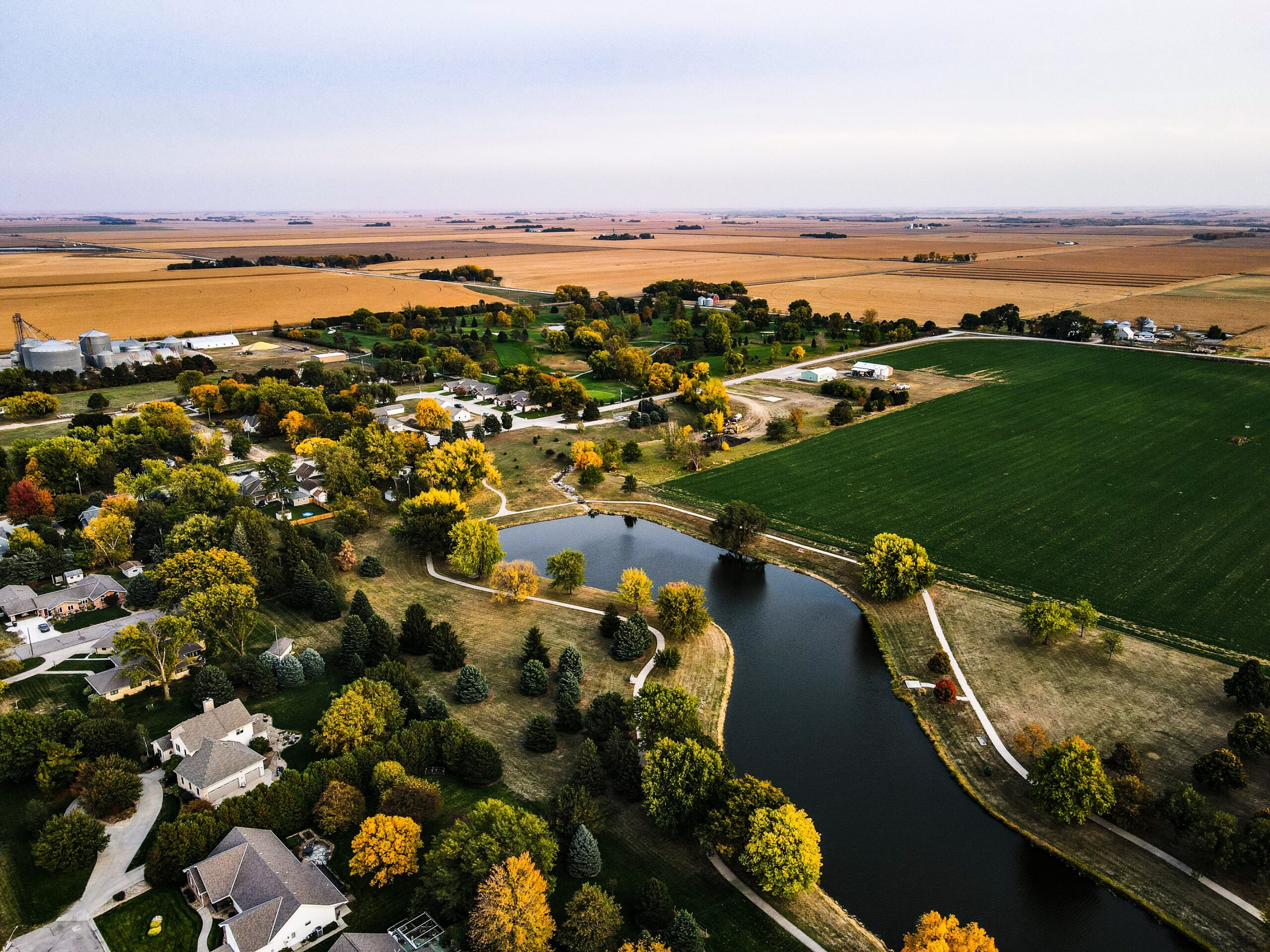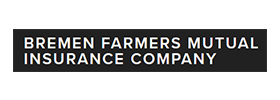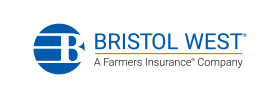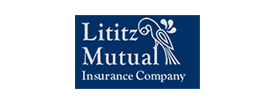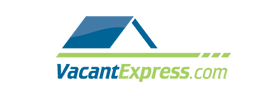As we enter the month of October, the crisp autumn air isn’t the only thing that should be on your radar. It’s also the start of National Cybersecurity Awareness Month, a time dedicated to raising awareness about the critical importance of cybersecurity in our increasingly digital world. At AHI Group, we understand that safeguarding your business’ digital assets goes beyond traditional insurance policies.
We’ll delve into why October is Cyber Awareness Month and why it should matter to you, your business, and your peace of mind. In a world where cyber threats are ever-evolving, arming yourself with knowledge is your first line of defense. So, grab a warm cup of coffee, settle in, and let’s explore the world of cyber awareness and how it can impact your life and business.
What is Cybersecurity Awareness Month?
Ever since 2004, October has been internationally recognized as Cybersecurity Awareness Month. As if October wasn’t already spooky enough, we’re dealing with businesses’ awareness of cyber threats: ransomware, cyber attacks, and data breaches. In the United States, October’s Cyber Month comes out of a collaboration between the U.S. Department of Homeland Security and the National Cyber Security Alliance. 2023 will mark the 20th annual Cybersecurity Awareness Month.
What’s even more remarkable, this year the Cybersecurity and Infrastructure Security Agency (or CISA) is partnering with the National Cybersecurity Alliance (NCA) to curate both messaging and critical resources for businesses to utilize when they go over the importance of cybersecurity awareness and staying safe online with their employees, members, and customers.
As a business, you can also become a partner with CISA for Cybersecurity Awareness Month, and work together with the organization to help spread information about how to reduce risks online or when utilizing tech that’s connected to the Internet. Email AwarenessCampaigns@cisa.dhs.gov for more information about becoming a Cybersecurity Awareness Month partner.
Why is Cybersecurity Awareness Important?
Because around 2328 cyber attacks happen each day. Excuse the shock factor, but businesses must understand just why cybersecurity awareness is so crucial. Here’s some startling stats from 2023:
- Between 2001 and 2021, it is estimated that a total of $26 billion was lost due to cyberattacks, breaches, and other cybercrime events.
- The healthcare industry is easily one of the most targeted sectors, with roughly 90% of institutions in the USA having experienced at least one data breach in the last few years.
- Between 2013 and 2019, over 70% of cyber insurance claims resulted from incident response, data breaches, and overall crisis management.
- The United States is at the top of the list when it comes to countries with the highest average cost of a data breach, reigning in at 9.44 million USD. The Middle East follows with an average of 7.46 million USD, and Canada is third with 5.64 million USD.
- 45% of all data breaches were found to be cloud-based.
Data breaches are no joke. The thought that smaller businesses shouldn’t need to be proactive in their efforts to protect their business’s digital assets is a misconception; smaller businesses may not have the financial muscle to respond to a data breach, and they may be more tempting for cybercriminals due to their lack of cybersecurity measures. All sizes of businesses are at risk – small businesses perhaps even moreso. That’s why all organizations that use tech or access the Internet in some form need to be proactive and incorporate cyber risk management strategies.
Risk Management and Small Businesses
In the upcoming blogs throughout Cyber Awareness Month, we will provide you with a comprehensive toolkit for managing cyber risks, tailored to businesses of all sizes. Here’s a sneak peek of the essential strategies and tips we’ll delve into:
Employee Training and Awareness
Educate your workforce on cybersecurity best practices to ensure they can identify and mitigate potential threats.
Strong Password Policies
Implement robust password policies and multi-factor authentication to safeguard your digital accounts.
Regular Software Updates
Stay current with software updates and patches to plug security vulnerabilities.
Data Encryption
Employ encryption techniques to protect sensitive data both in transit and at rest.
Incident Response Plans
Develop and rehearse incident response plans to minimize downtime and data loss in case of a breach.
Vendor Risk Management
Assess and manage the cyber risks associated with your third-party vendors and partners.
Cyber Insurance
Explore the benefits of cyber insurance policies tailored to your business’s unique needs.
Network Security
Strengthen your network security with firewalls, intrusion detection systems, and regular network assessments.
Regular Backups
Implement automated, frequent data backups to mitigate the impact of ransomware attacks.
Compliance and Regulations
Stay informed about industry-specific regulations and compliance requirements to avoid costly penalties.
These tips will serve as a foundation for your organization’s cybersecurity strategy, ensuring you’re well-prepared to navigate the ever-evolving landscape of cyber threats. Stay tuned for in-depth insights and expert advice in our upcoming blog posts throughout Cyber Awareness Month.




